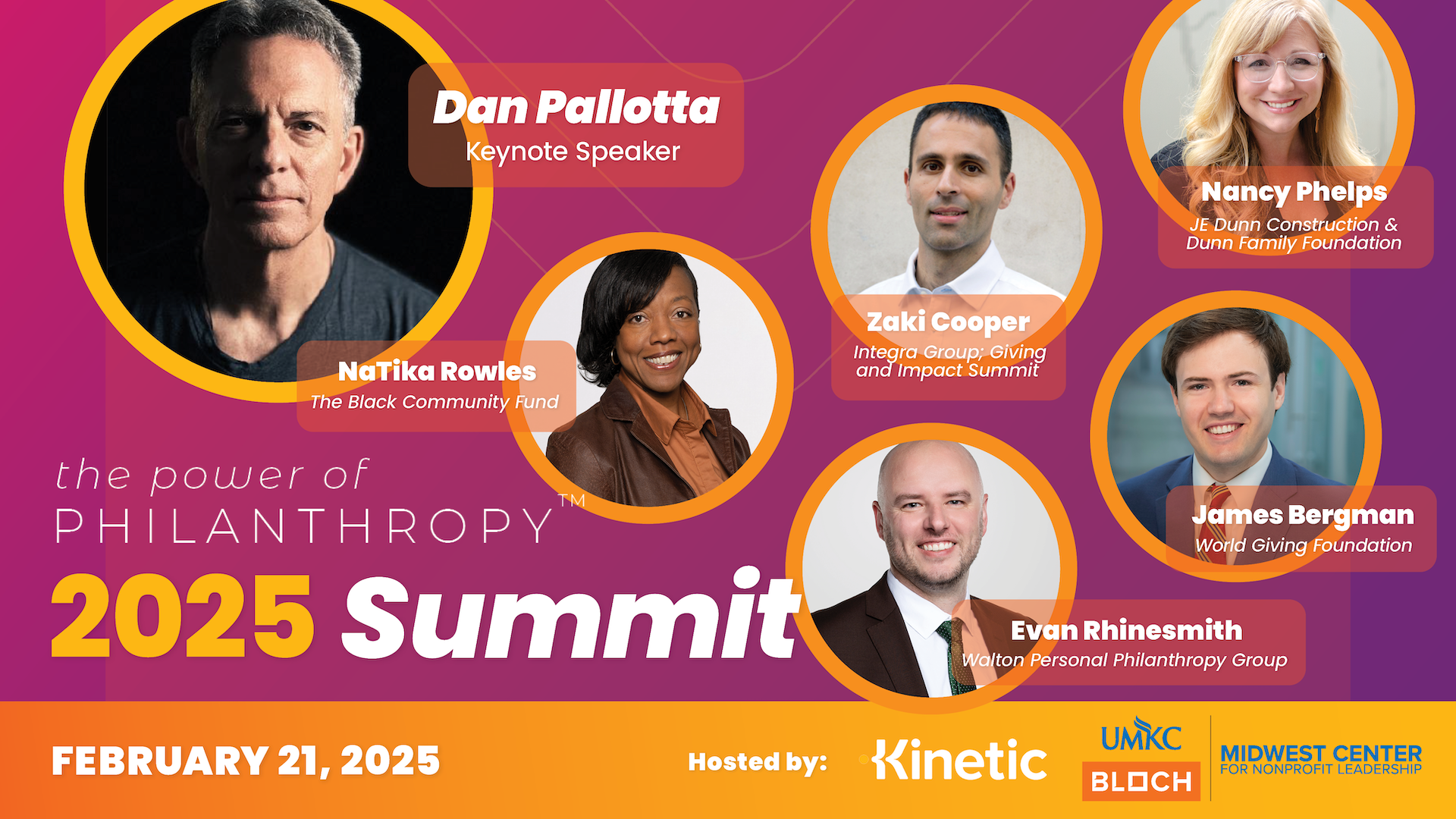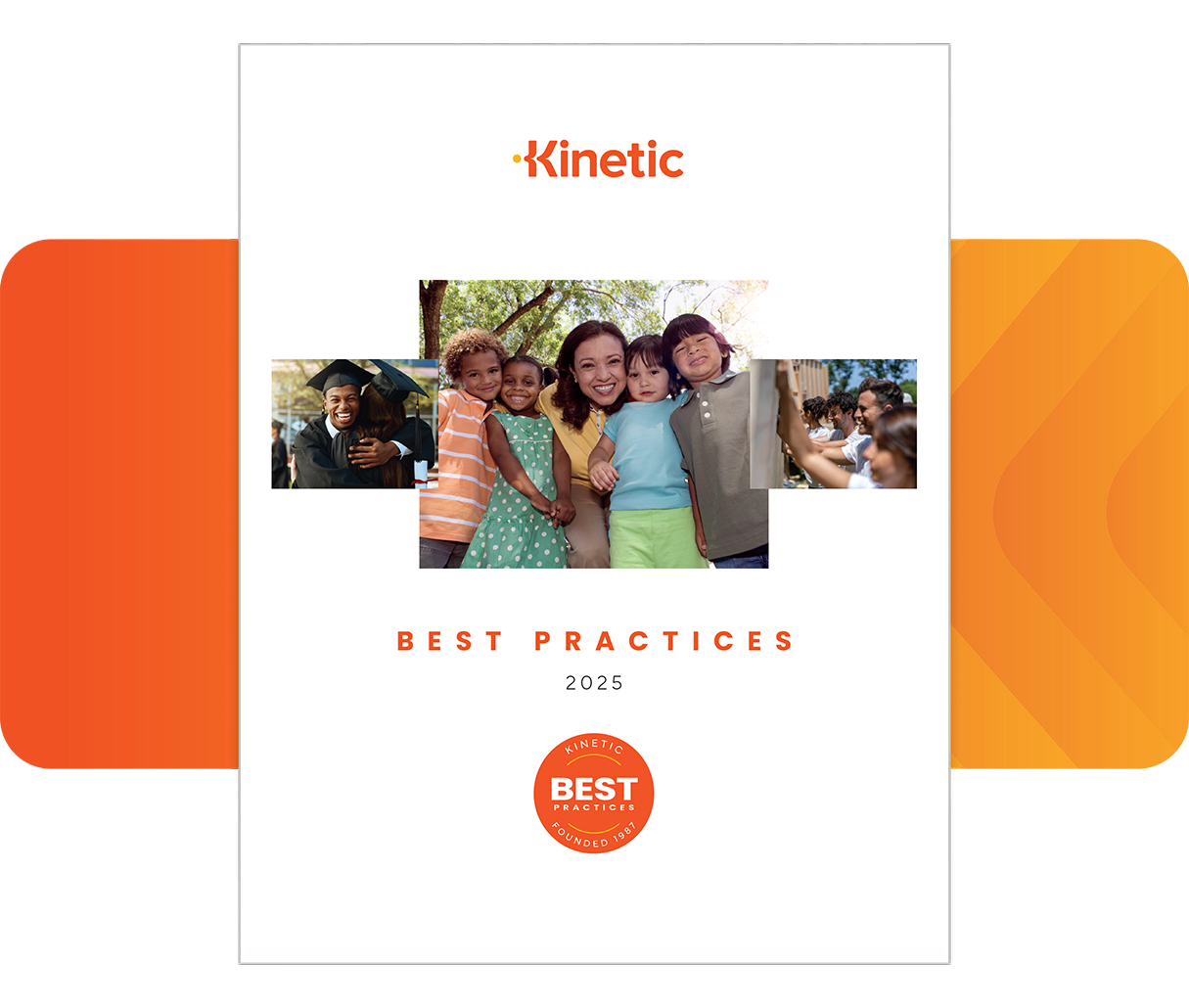Strategies for Success
Organize for Excellence
July 13, 2023

Being organized leads to efficiency and better performance, but with so many priority tasks to juggle, taking time to get communication strategies organized can fall to the bottom of the list.
Prevent mistakes, eliminate unnecessary steps and save time and money by placing campaign messaging at the top of the list. Here are a few, key reminders:
Choose the Words Wisely
Once details of the fundraising initiative are finalized, create a three-sentence pitch, talking points, press release boiler-plate language and one-page summary of the project. Have quotes from volunteers and staff leaders on hand for use as needed. After these key messages are finalized and approved, clearly label and date each document, and upload them in an easily accessible location. If updates are made, move the prior version to a different location and re-date it, so older versions are not accidentally used. The language created for these initial pieces will serve as the foundation for other collateral materials.
Sweat the Details
Choosing fonts, colors and images to reflect the intent of the campaign can be a time-consuming process. Hash out the design details in advance and gain approval from those involved while the messaging is still being finalized. Then, combine design elements and key messages to launch the creation of the remaining collateral.
Collateral Is Key
Brainstorm to create a list of possible collateral and audiences. “Who is the audience? What is the main message? What else needs to be said in this piece? Are all of our materials consistent in messaging and complementary in formatting and design?” Asking these questions ahead of time will help avoid rushed tasks and unnecessary mistakes.
Build these communication steps into the pre-campaign timeline. Over time, the nonprofit’s strong verbal and visual presence will be reflected in its excellent and successful fundraising efforts and quality programs.
Share This Story




